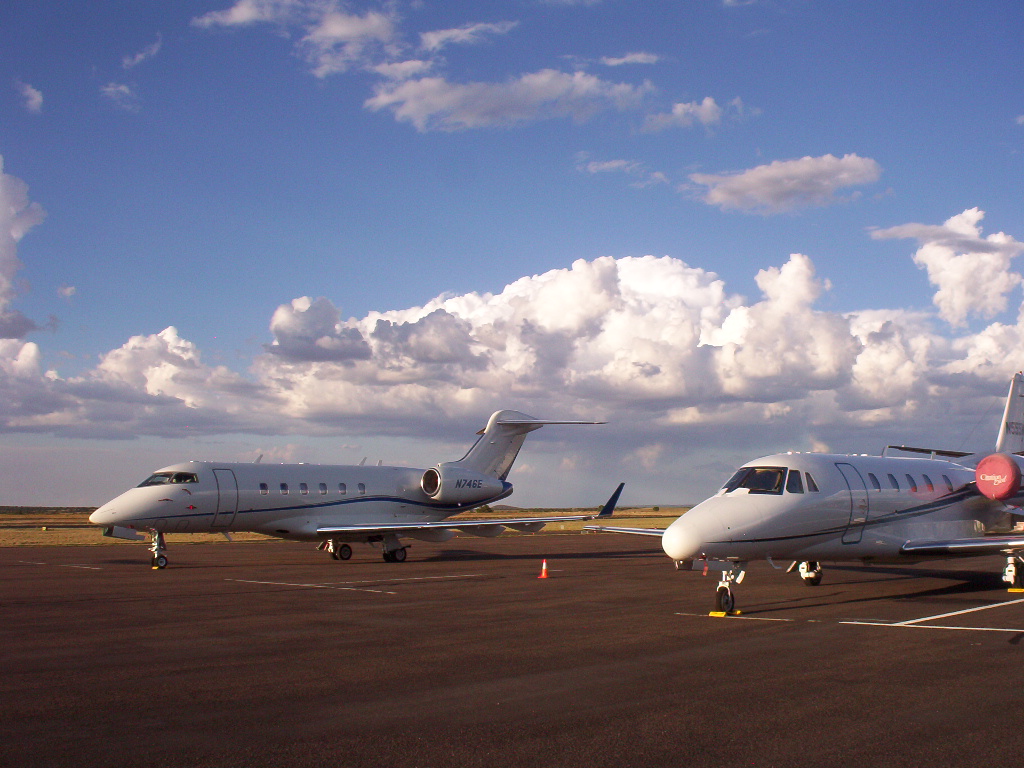Transportation Infrastructure in Real AZ Network
Multiple Access Points to Major Markets
The transportation infrastructure in Navajo and Apache County, Arizona, is a key driver of economic development in the region. With a combined road network of over 6,400 miles, major highways, several airports, and access to freight rail service, the transportation infrastructure in these counties supports the movement of goods and services, enabling businesses to operate efficiently and reach new markets. Moreover, investments in transportation infrastructure can help to attract new businesses and industries to the region, creating new jobs and opportunities for residents. As such, transportation infrastructure is a critical component of the economic development strategy for Navajo and Apache County, and ongoing efforts to expand and improve this infrastructure are helping to build a more prosperous and resilient region.

Recent Infrastructure Investments
In recent years, both counties have seen significant investments in transportation infrastructure, including road improvements and new airport facilities. For example, in 2020, Apache County received $1.4 million in federal funding for road and bridge improvements, while Navajo County received over $7 million in federal funding for various transportation projects.
The two counties have a combined road network of over 6,400 miles, with Apache County accounting for approximately 3,500 miles and Navajo County accounting for the remaining 2,900 miles.
There are several major highways that pass through the two counties, including Interstate 40, which runs east-west through Navajo County, and U.S. Route 60, which runs east-west through Apache County.
The Gallup-McKinley County Airport, located in Gallup, New Mexico, is the closest commercial airport to both counties, with a driving distance of approximately 60 miles from the Apache County border and 85 miles from the Navajo County border. The two counties are also served by several small regional airports, including the Show Low Regional Airport and the Springerville Municipal Airport.
Public transportation options are limited in both counties, with the White Mountain Apache Tribe Transit System and the Navajo Transit System providing limited bus service within their respective areas.
According to the U.S. Census Bureau’s 2019 American Community Survey, approximately 13% of households in Apache County and 10% of households in Navajo County did not have access to a vehicle, highlighting the importance of reliable transportation infrastructure for these communities.
Both counties have access to freight rail service via the Burlington Northern Santa Fe (BNSF) Railway. The BNSF Railway operates a mainline that runs through the western portion of Navajo County, with several rail yards and intermodal facilities located in the area.
The BNSF Railway serves a number of industrial customers in Apache County, including the Salt River Materials Group cement plant and the Navajo Generating Station coal-fired power plant.
According to the Arizona Department of Transportation, as of 2020, there were approximately 138,000 registered vehicles in Apache County and over 141,000 registered vehicles in Navajo County.
Both counties have significant stretches of unpaved roads, particularly in more rural areas. In Apache County, approximately 39% of the county’s roads are unpaved, while in Navajo County, the figure is closer to 22%.
RAILWAY TRANSPORTATION
- BNSF Railway operates a major rail line connecting the region to cities and ports on the west coast, facilitating transportation of goods like coal, lumber, and agricultural products.
- BNSF Railway enhances market access and competitiveness for businesses while contributing to regional infrastructure development.
- The railway creates job opportunities and stimulates ancillary businesses in the region.
- The Apache Railway in Arizona supports local economic development by transporting freight, generating employment, attracting investments, and offering cost savings compared to trucking.
- Rail transportation is more environmentally friendly than other modes of transportation.
- Both railways play integral roles in the economic growth and sustainability of the region.
AIRPORTS
- Show Low Regional Airport: 7,199-foot runway, connects to Phoenix Sky Harbor International Airport via Boutique Air.
- Holbrook Municipal Airport: 5,011-foot runway primarily for general aviation.
- St. Johns Industrial Air Park: 4,600-foot runway, serves as a transportation option for the region.
- Springerville Municipal Airport: 5,894-foot runway, serves general aviation.
- Well-developed transportation network including airports, major highways, and railroads.
- Provides essential access to markets, emergency services, business opportunities, and recreational activities for the local community.
MAJOR HIGHWAYS
- Well-connected highway system linking major cities and towns like Holbrook, Show Low, Winslow, Globe, Miami, Phoenix, and New Mexico.
- US Route 60 spans Apache County, serving as a crucial transportation route for goods, services, and commuting workers.
- Interstate 40 traverses Navajo County, connecting it to Flagstaff, Phoenix, and Albuquerque, facilitating the movement of goods, services, and commuters.
- Highways play a pivotal role in the economic development of Apache and Navajo Counties, streamlining transportation, providing employment opportunities, and granting access to services and markets.
- State and county roads further enhance accessibility and connectivity, connecting smaller communities in the region.

